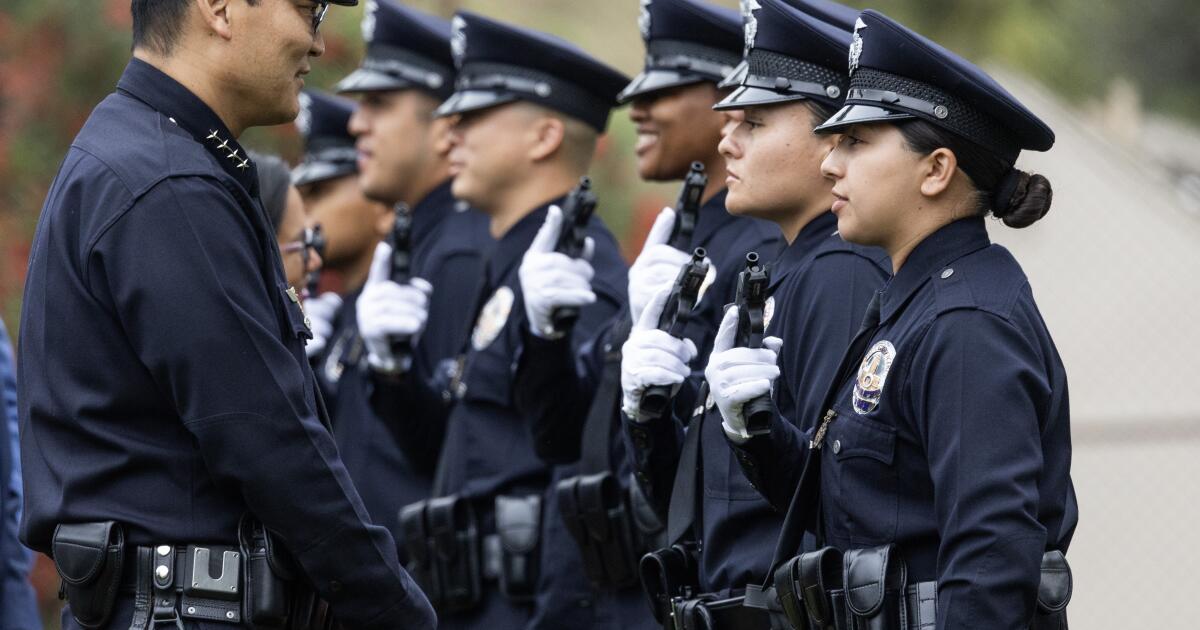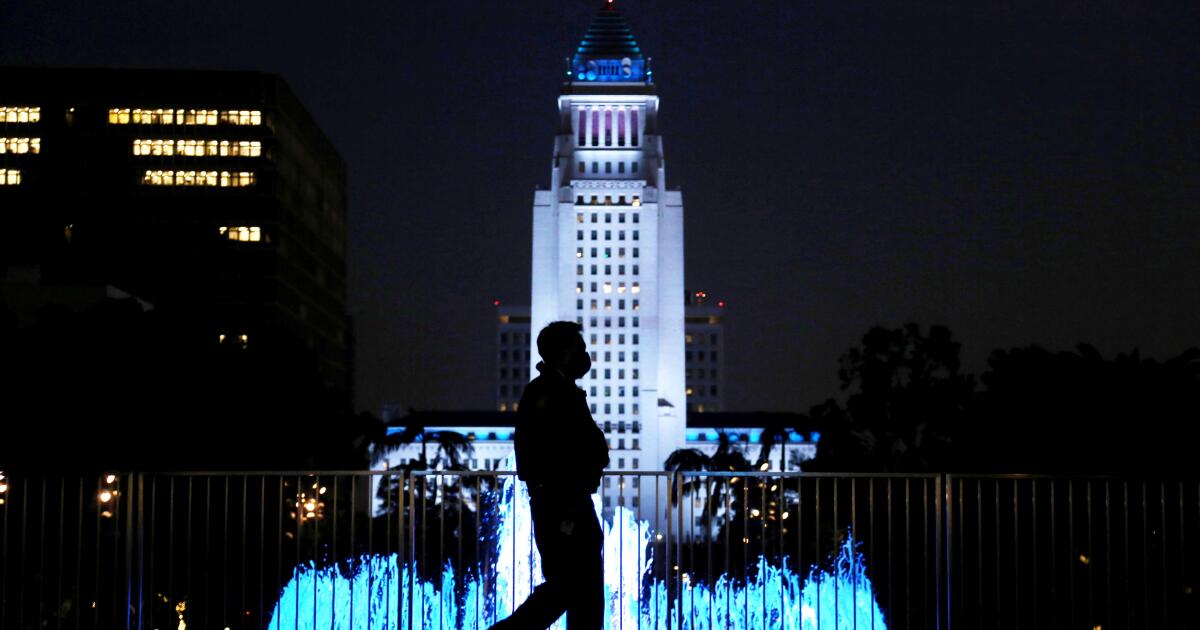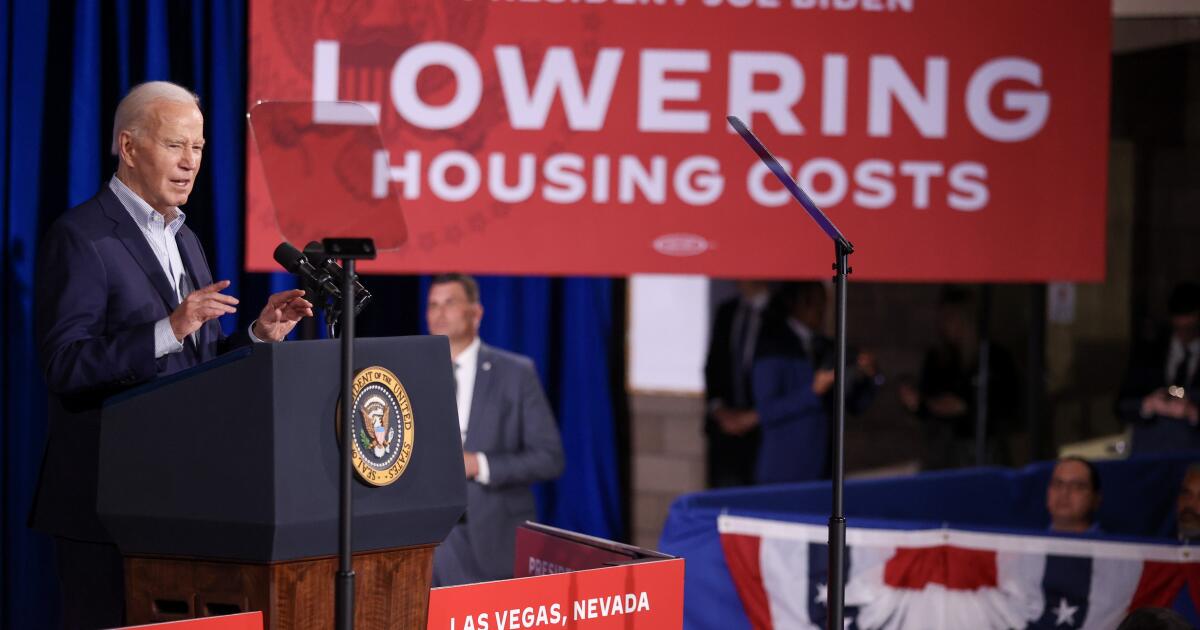On the evening of Sept. 10, things looked grim for the mountain ski town of Wrightwood in the San Gabriel Mountains northeast of Los Angeles. Fueled by extreme weather, the Bridge Fire, which had started on the other side of the mountain range, grew from just a few thousand acres to 34,240 acres that day, and was spreading toward the town. tomorrowhad reached the limits of Wrightwood.
This could have been a catastrophe, like the Bonfire in 2018which claimed dozens of lives and destroyed thousands of homes in the northern Sierra Nevada town of Paradise. By contrast, of more than 2,000 homes in Wrightwood, 13 were destroyed by the Bridge Fire. It's tragic that homes were lost, but the fact that more than 99% of homes survived and all people were safely evacuated is a significant wildfire success story. What explains this?
In recent years, Wrightwood has taken its business very seriously. Community fire safety measuresLong before the bridge fire began, the local Fire Safety Council organized educational events, in coordination with several agencies and governments. They promoted the importance of simple “home hardening” measures to make homes more fire-resistant, such as sweeping pine needles and leaves from roofs and installing modern outdoor vents that prevent burning embers from entering homes. They preached about the effectiveness of “defensible space,” and recommended that residents trim grass, young trees, and lower branches immediately adjacent to their homes. And they created an evacuation plan.
The fire on the bridge is still burning, but it is gradually being brought under control. Currently 71% content.with some areas still under evacuation and evacuation warnings. As it threatened Wrightwood, wildfirefighting crews prioritized the kind of direct community protection the city had been preparing its residents for, rather than focusing on remote forested areas and trying to stop a wind-driven fire that couldn’t realistically be stopped.
They found that most of the houses in the village had defensible space, thanks to pruning done by the owners. Firefighters concentrated aerial drops of fire retardant and water near the community, to prevent the fire from entering the village. And they helped people evacuate, following the plan that the villagers had drawn up.
Wrightwood's success in keeping most of its homes safe demonstrates that focusing directly on at-risk communities, rather than forest management activities in wildland areas, is an important way to protect cities from wildfires. We have seen the grim results of clearing vast areas of remote forests under the guise of “thinning” and telling communities that these areas would act as firebreaks, preventing wildfires from reaching cities. Paradise, Greenville (destroyed in the 2021 Dixie Fire) and Grizzly Flatswhich is still being rebuilt after two-thirds of its surface was lost in the Caldor fire that same year, are all examples of the fallacy of this approach.
However, there are those who ignore examples like Wrightwood and want to double down on the failed strategies of the past. The most dangerous current example is the misleadingly named Law to repair our forestsa bill sponsored by Rep. Bruce Westerman (R-Ark.). If passed, it would repeal key environmental laws and allow clear-cutting (removing most or all trees from an area) and the logging of mature, old-growth trees on federal public lands. The bill gets the science wrong.
While certain forest management practices, such as controlled burns and prescribed fires, are important tools for managing wildfires, there are Growing consensus among environmentalists and climate scientists that “thinning” and other logging activities do not slow wildfires and are more likely to intensify their behavior and effects. Some of the Forest Service’s own scientists are now criticizing their agency for the failures of the old approach, pointing to its ineffectiveness and Urging that special attention be paid to community protectionOther Forest Service scientists report that denser forests tend to burn less intensely in wildfires due to their shadier, cooler microclimate, while “Thinned forests have more open conditions, which are associated with higher temperatures, lower relative humidity, higher wind speeds, and greater fire intensity..”
We cannot afford to go backwards and stubbornly repeat costly mistakes, as the Fix Our Forests Act would do. Vulnerable communities need officials to heed examples like Wrightwood and begin prioritizing community wildfire safety over timber industry profits.
Chad Hanson is a wildfire scientist at the John Muir Project of the Earth Island Institute and author of “Smoke screen: demystifying forest fires to save our forests and our climate.”












